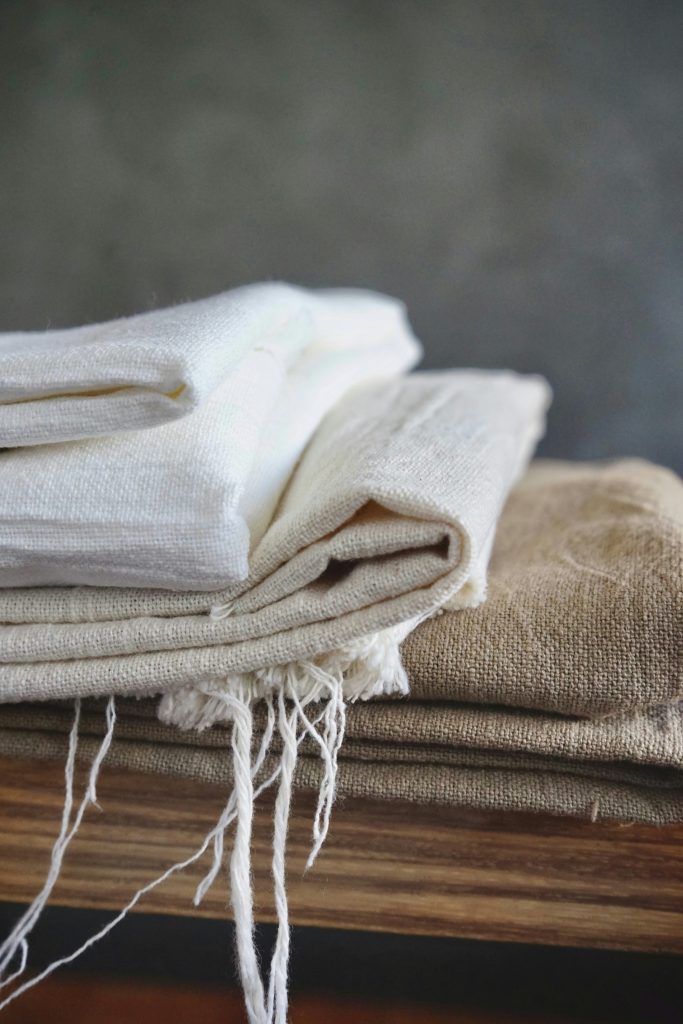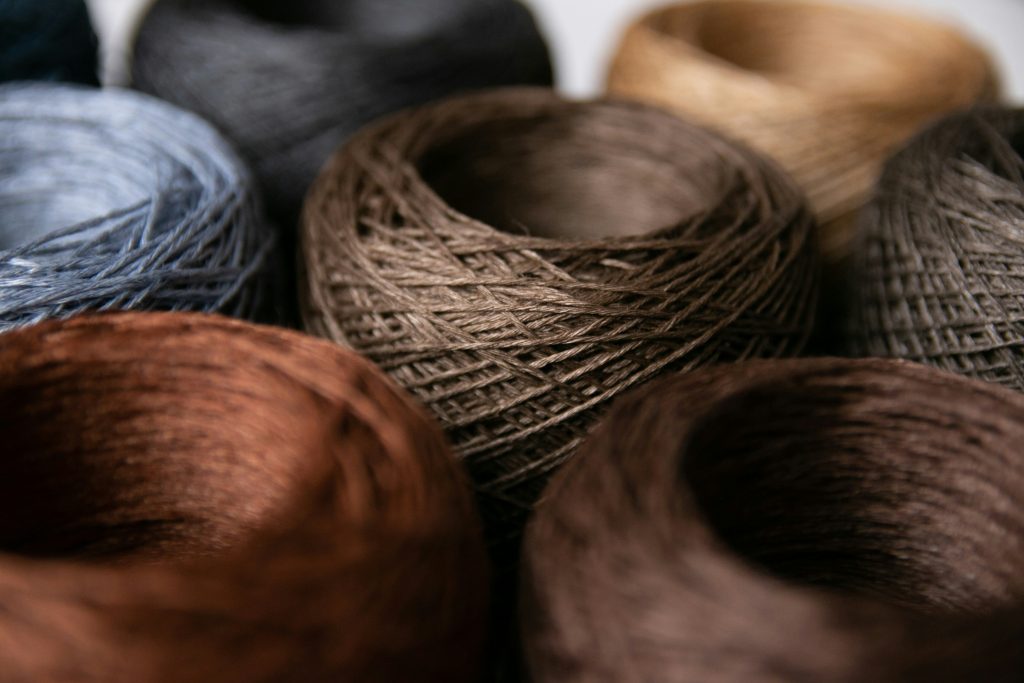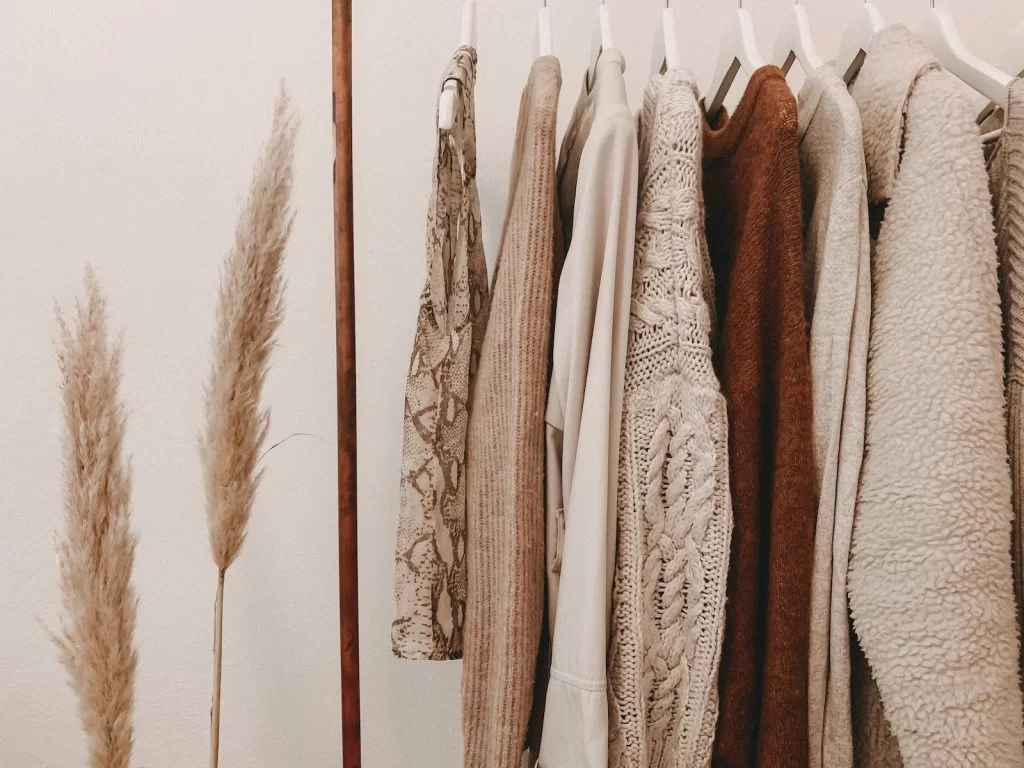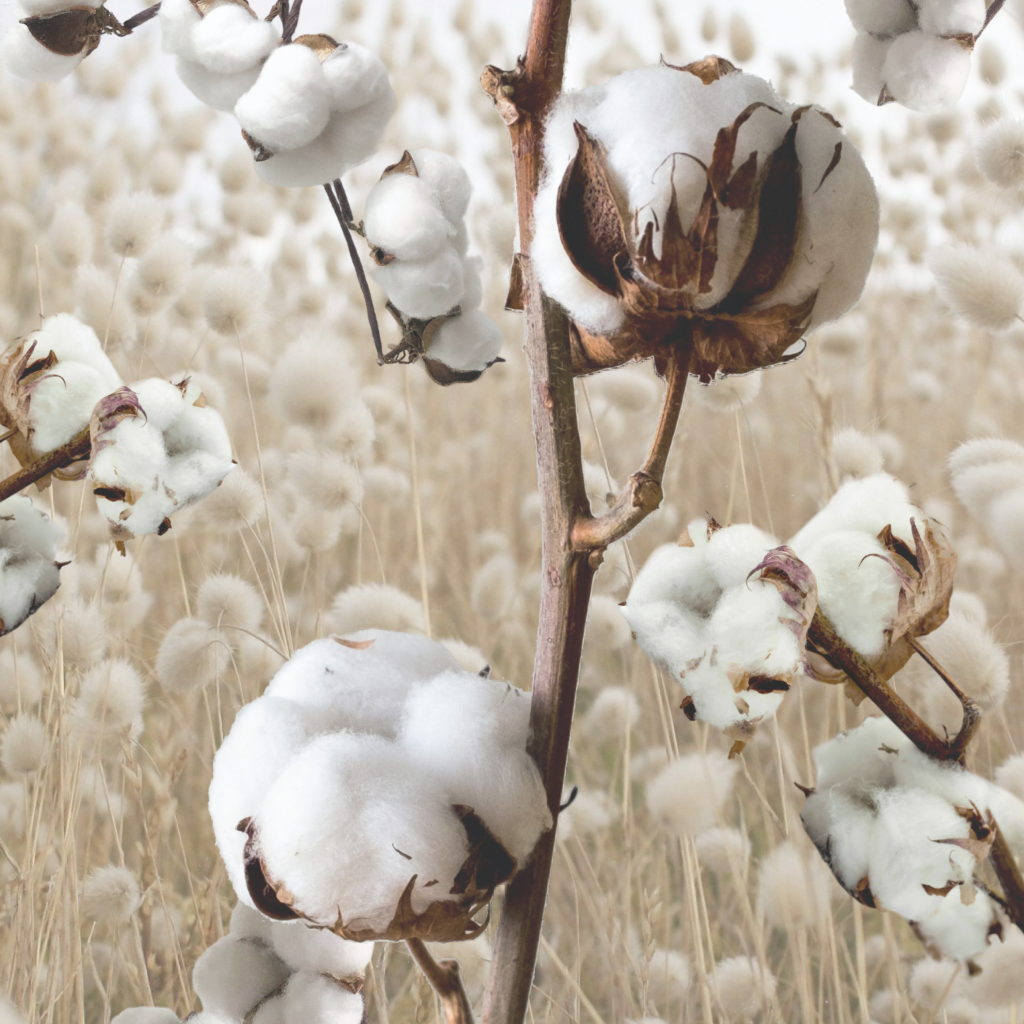Linen: The Sustainable Choice for Europe and Beyond
As the world becomes increasingly aware of the environmental impact of the fashion industry, more and more consumers are seeking out sustainable alternatives to traditional materials. One such material that has been gaining popularity in recent years is linen. Linen is a natural fiber that is derived from the flax plant, and it has a number of environmental and social benefits that make it an attractive choice for eco-conscious consumers.

Advantages of Linen Sustainability
One of the key advantages of linen is its sustainability. The flax plant requires very little water and no pesticides or herbicides to grow, making it a much more environmentally friendly option than cotton, which is a notoriously water-intensive crop. In fact, flax uses only a fraction of the water that cotton requires, and it can be grown without the use of harmful chemicals. This makes linen not only a more sustainable choice for consumers, but also a better option for the planet.
Another benefit of linen is that it is biodegradable. Unlike synthetic fibers, which can take hundreds of years to decompose in a landfill, linen will naturally break down over time, leaving no harmful residues behind. This is an important consideration for consumers who are concerned about the long-term impact of their clothing choices on the environment.

Social Responsibility of Linen
In addition to its environmental benefits, linen is also a socially responsible choice. Flax is primarily grown in Europe, and the majority of linen production takes place in the EU. This means that European customers who choose linen are supporting local farmers and manufacturers, and helping to create jobs in their own communities. Furthermore, linen is a labor-intensive crop that requires skilled workers to process the fibers into fabric. By choosing linen, consumers are supporting fair labor practices and ensuring that workers are paid a fair wage for their work.
Linen is also a durable and long-lasting material. Unlike some synthetic fibers that can break down and lose their shape over time, linen becomes softer and more comfortable with each wash. This means that linen clothing can last for many years, reducing the need for frequent replacements and helping to reduce waste.

Towards the future. Sustainability
One of the challenges of promoting linen as a sustainable alternative is that it can be more expensive than other materials. However, when the environmental and social benefits are taken into account, linen is actually a very cost-effective choice. Not only does it last longer than other materials, but it also requires less water and fewer chemicals to produce. This means that the overall cost of linen, when measured in terms of its environmental impact and social benefits, is actually much lower than that of other materials.
In conclusion, linen is a sustainable and socially responsible choice for European customers and beyond. Its low water requirements, lack of need for harmful chemicals, biodegradability, and durability make it an attractive alternative to traditional materials. By choosing linen, consumers can support local farmers and manufacturers, ensure fair labor practices, and reduce their environmental impact. While linen may be more expensive upfront, its long-term benefits make it a cost-effective choice for those who are committed to sustainability and social responsibility. As the world continues to grapple with the environmental and social challenges of the fashion industry, linen is an important part of the solution.


